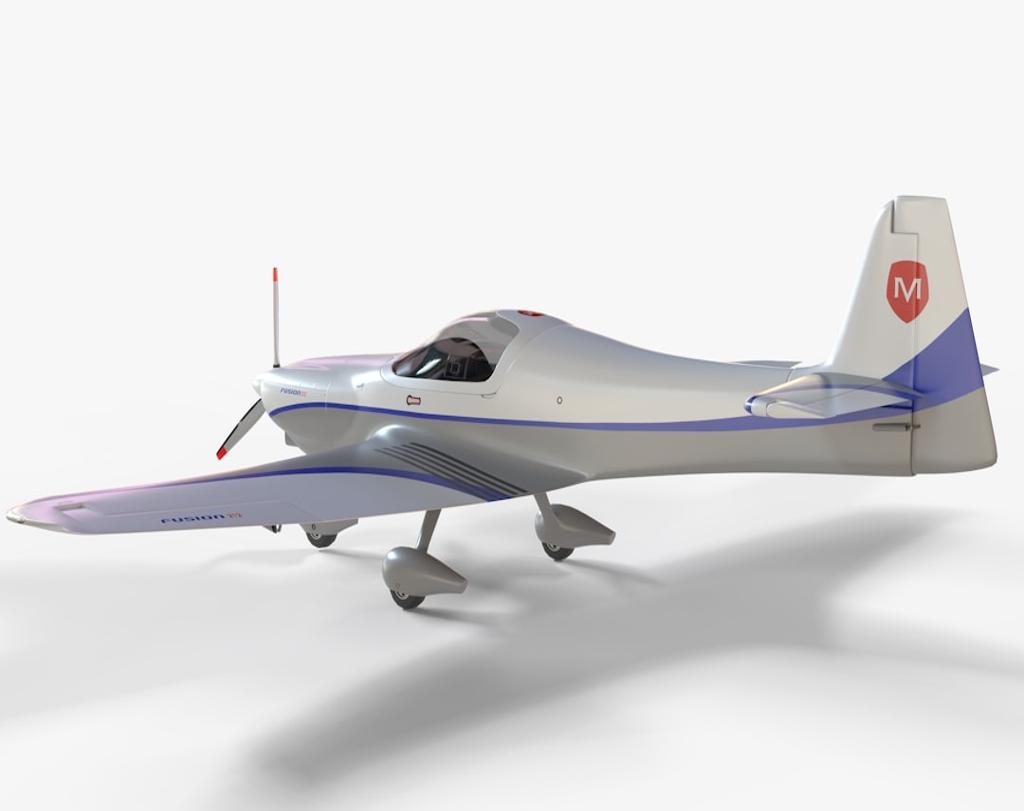The Future of Food: Exploring the Rise of Plant-Based Innovations and Sustainable Eating
The Future of Food: Exploring the Rise of Plant-Based Innovations and Sustainable Eating
The future of food is a topic of growing interest and importance around the globe. With the world’s population projected to reach 9.7 billion by 2050, the demand for food is expected to increase significantly. However, our current food system is unsustainable, contributing to environmental degradation, climate change, and health issues. Consequently, there is a pressing need for innovative solutions to ensure a sustainable and healthy food future. One such solution that has recently gained momentum is the rise of plant-based innovations and sustainable eating.
Plant-Based Innovations: A Sustainable Alternative
Plant-based innovations refer to the development and use of plant-based foods as alternatives to animal-based products. These include plant-based meats, dairy, and eggs, which are designed to mimic the taste, texture, and nutritional profile of their animal-based counterparts, but with a significantly lower environmental footprint. Companies such as Beyond Meat and Impossible Foods are pioneering this space, using science and technology to transform plant proteins into products that closely resemble and taste like meat.
Such innovations are not just beneficial for the environment, but also for human health. Plant-based diets are associated with a lower risk of heart disease, high blood pressure, and type 2 diabetes. Moreover, they can help to combat obesity and promote weight loss.
The Role of Technology in Plant-Based Innovations
Technology plays a crucial role in the development of plant-based innovations. Advanced food processing techniques, such as high-pressure processing and extrusion, are used to create plant-based meats with a texture similar to that of animal meat. Furthermore, biotechnology is used to engineer plant proteins to mimic the taste and nutritional profile of animal-based products.
For instance, Impossible Foods uses a molecule called heme, which is naturally found in both plants and animals, to give its plant-based burgers a meat-like flavor. The company uses genetic engineering to produce heme from yeast, creating a product that not only tastes like meat but also “bleeds” like it.
Sustainable Eating: A Key Driver of Change
Sustainable eating refers to dietary patterns that are healthy for both people and the planet. This includes consuming more plant-based foods and fewer animal-based products, as well as reducing food waste and choosing locally sourced and organically produced foods.
The rise of sustainable eating is driven by a variety of factors, including growing awareness of the environmental impact of our food choices, concern for animal welfare, and the desire to improve personal health. Moreover, shifts in consumer behavior are being facilitated by the increasing availability and affordability of plant-based alternatives.
Conclusion
In conclusion, the future of food lies in the development and adoption of sustainable eating practices and plant-based innovations. These approaches not only have the potential to address the environmental and health challenges posed by our current food system but also to reshape our food culture in a way that benefits both people and the planet.
References
1. “World population projected to reach 9.7 billion by 2050.” United Nations Department of Economic and Social Affairs. [Link]
2. “The future of food: The investment case for a protein shake up.” FAIRR Initiative. [Link]
3. “The Impact of Dietary Change on Greenhouse Gas Emissions, Land Use, Water Use, and Health: A Systematic Review.” PLoS ONE. [Link]
4. “Beyond Meat.” Wikipedia. [Link]
5. “Impossible Foods.” Wikipedia. [Link]




Post Comment